Climate change: Will naming heatwaves save lives?
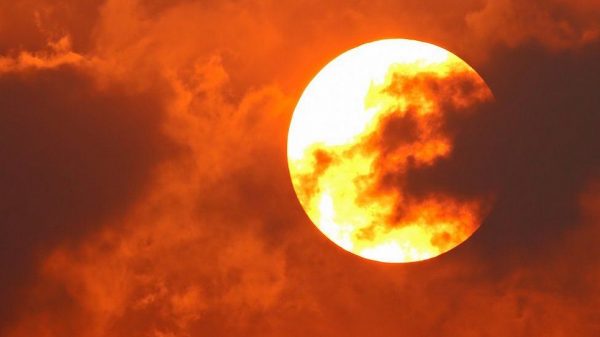
Shawdesh Desk;
On 25 June, Esteban Chavez Jr was doing his usual rounds in the city of Pasadena in Los Angeles County when the 24-year-old delivery driver collapsed, felled by sweltering temperatures that hovered well above 35C (95F).
According to his family, Mr Chavez passed out inside his truck in the early afternoon. They later told local media he had remained there unnoticed for at least 20 minutes before help was called. He was later pronounced dead.
While the investigation into his death is ongoing, his family believes they know the cause: heatstroke, brought on by a record-breaking heatwave that is ongoing across the US.
Faced with increasingly dangerous and sometimes fatal temperatures, nearby Los Angeles is among the cities that is considering naming heatwaves – like storms – in a bid to raise public awareness of the dangers and help local officials roll out measures to mitigate the impact of extreme heat, such as opening air-conditioned shelters or activating a “heat action plan”.
Advocates of the system believe it could save lives amid fears that human-induced climate change makes heatwaves more frequent, more intense and longer lasting.
Another US city – Miami – has already named May to October as a “heat season”, which could include named heatwaves – the same system is used for the hurricanes that reach its shores.
“This will be the season where we are on alert just as we are for hurricanes,” Mayor Daniella Levine Cava said at the COP26 climate conference in Scotland last year. “We want to develop that same level of awareness and preparedness.”
“[People] don’t realise the danger of heat and how it’s getting harmer,” she added. “We have to break through some inertia from complacency to help people understand the seriousness.”
US heatwave deaths a growing problem
About 600 Americans die of heat-related illnesses each year, according to the US Centers for Disease Control and Prevention (CDC).
This year alone, record temperatures across the country are believed to be responsible for a string of recent deaths, including that of a police officer in Louisiana, an archaeologist working in a nature park and a former NFL star in Texas.
The true figure is probably higher, experts warn, with some studies placing the death toll at 12,000 each year. The number is expected to rise as the severity of heatwaves worsens in the future.
“It’s inevitable,” Dr Robert Hughes, an emergency medicine physician and assistant professor of medicine at Case Western Reserve University in Ohio, told the BBC.
“Seeing heatwaves more frequently is going to lead to more exposure in an unready and ill-prepared population,” he added. “As climate change worsens, we’re going to see increased illness.”
Forecasts point to mounting health risks as a result of extreme heat. In California, for example, the state’s department of insurance predicted that Los Angeles will see as many as 22 “extreme heat days” each year by 2050, up from an average of just six between 1998 and 2000.
In 2020 alone, state officials found that emergency room visits rose tenfold during a heatwave that saw temperatures spike to highs of 49C (121F).
Professor Kristie Ebi, an expert in the health risks of climate variability at the University of Washington’s Center for Health and the Global Environment, said that while such extreme temperatures can be fatal, the vast majority of heat-related deaths are preventable.
“Nobody needs to die in a heatwave,” she said. “If we have effective early warning and response systems and adjust our infrastructure so that we live in cities that are prepared for warmer temperatures, we won’t have so many people dying in the heat.”
Among the potential solutions that have been proposed is the naming and categorising of heatwaves.
Under the proposed system – first suggested by the Atlantic Council’s Adrienne Arsht-Rockefeller Foundation Resilience Center – heatwaves would be named and categorised on a scale of one to three, taking into account factors including the heat index, night-time temperatures and the increase in temperature over the past 30 days.
Each city’s scale is tailored to its particular climate and would vary between regions.
In practice, this would mean that while a 38C (100F) day would be as hot in Milwaukee, Wisconsin, as it is in Phoenix, Arizona, Milwaukee’s residents would be less prepared for it – and potentially in greater danger.
In late June, the Spanish city of Seville became the world’s first to adopt the system. The first named heatwave – Zoe – “arrived” on 25 July, bringing with it temperatures of 43C (109F). The heatwave was considered a “category 3” – the most severe in the system.
A series of other category 3 heatwaves – Yago, Xenia, Wenceslao and Vega – are expected later this summer. Each will trigger measures that could include welfare checks on elderly residents or the opening of community pools.
Four US cities – Miami, Los Angeles, Kansas City and Minneapolis – are currently testing similar systems.
Kathy Baughman McLeod, an expert in climate change solutions at the Atlantic Council, said that the system could help “build a culture of preparation and prevention” to combat a threat that isn’t as “visually engaging” as a hurricane.
“Heat is not dramatic. It doesn’t rip the roof off of your house and you don’t have cars floating down flooded streets. Heatwaves are pervasive and they’re sneaky,” she told the BBC. “It’s silent and invisible, and it needs PR – a name and a brand.”
As an example, Ms McLeod said that naming a heatwave could help encourage people to take essential steps to keep themselves and family members safe, such as stocking up on water and making sure children and elderly relatives are keeping cool.
“With a name, hashtag and the media, we think [a named heatwave] sends a message that this is serious, and that you need to act to protect yourself,” she added.
Not everyone is convinced that the system would work. Ms Ebi, for example, said there’s a lack of evidence that naming inclement weather events – even hurricanes – changes people’s perception, and that the system might not be able to handle the “complexity” of heatwaves that span the US.
“What happens in cases like right now, where heatwaves cover multiple locations, with multiple thresholds, and start on different days?” she asked. “And we don’t have good research that putting a name on it makes a difference. We just don’t have that evidence.”
“Yes, we do need to increase awareness,” she added. “But at this moment it’s not clear that naming heatwaves would be the way to do that.”
Solutions such as naming heatwaves or taking steps to fight climate change, doctors warn, are long-term projects that are unlikely to bear fruit for decades – even if they are adopted.
In the short-term, physicians say that the best strategy remains being aware of the symptoms of heat exhaustion and heat stroke and taking steps to protect those who are particularly vulnerable.
“That includes staying hydrated, frequent breaks, finding shade and checking in on loved ones, and making sure you have adequate cooling mechanisms, such as fans,” Dr Hughes said. “These things all become exceedingly important to try and mitigate those downstream effects.”
“Not doing so could be very dangerous, and potentially fatal,” he added.



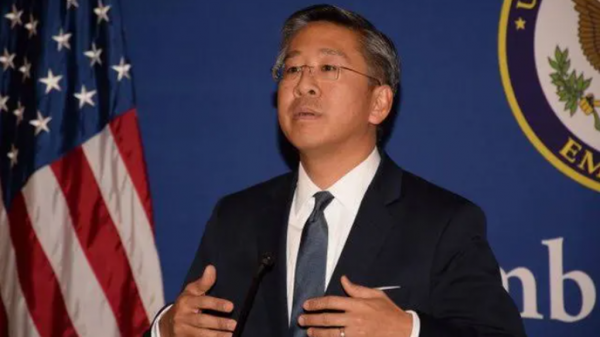

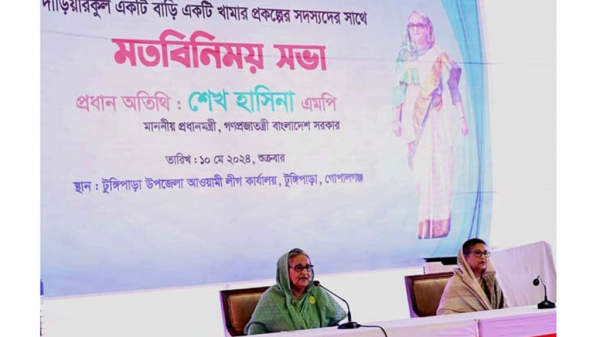
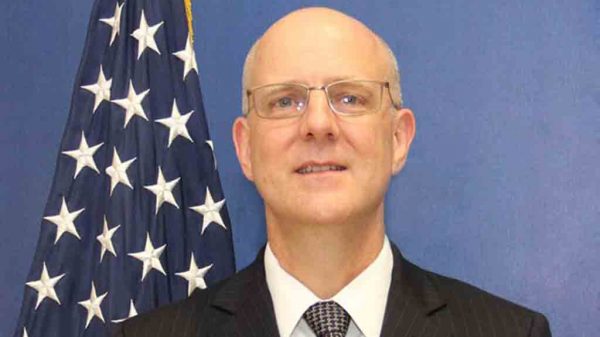
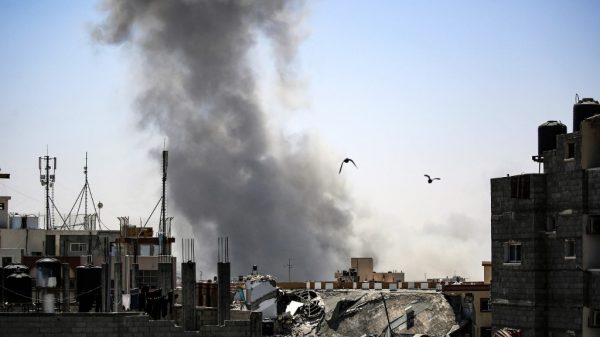

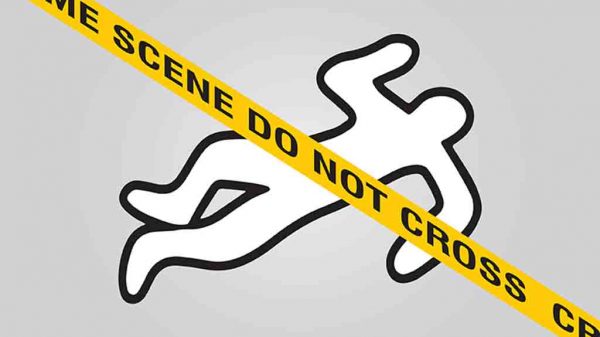
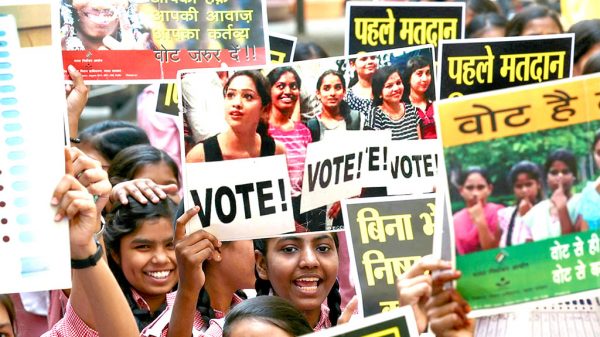












Leave a Reply